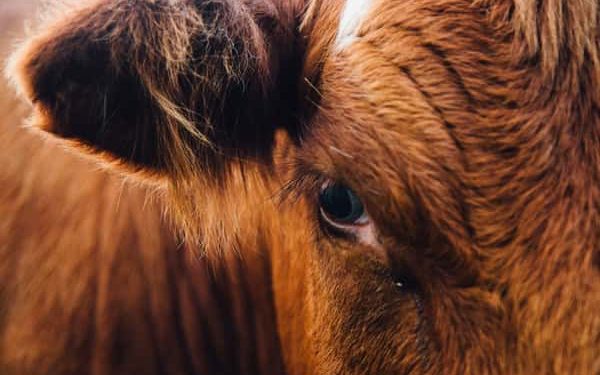The World Resources Institute says cattle, oil palm, soy, cocoa, rubber, coffee and plantation wood fibre replaced 71.9 million hectares of forest between 2001 and 2015.
That’s an area twice the size of Germany. Together they accounted for 26 per cent of global tree cover loss in that period, and 57 per cent of agriculture-related tree cover loss.
WRI’s Global Forest Review says the majority of tree cover loss from farms and plantations happens in the tropics. The trend is worrying given the vast carbon stocks and biodiversity held in rainforests.
Although it was generally understood that agribusiness is replacing forests, there had been a lack of information about the impact of specific products.
Cattle pasture replaced the most forest by far at 45.1 million hectares, or an area of land the size of Sweden, making them responsible for 16 per cent of total tree cover loss.
Oil palm was a distant second, replacing 10.5 million hectares, and soy accounted for 7.9 million hectares.
Cocoa, plantation rubber, plantation wood fibre and coffee each replaced around two million hectares.
Oil palm replaced forests mostly in Indonesia and Malaysia, while soy replaced forests mainly in South American countries like Brazil and Argentina. The conversion of forests to cattle pasture was more widely distributed across the globe, but hotspots exist in South and Central America.
In Ghana, conversion of forests to cocoa represents a third of the country’s total tree cover loss.























